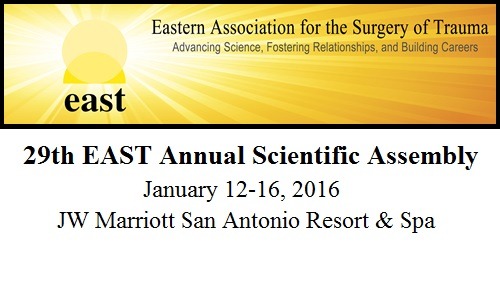Air transport of trauma patients has resulted in the creating a mobile intensive care unit in the passenger compartment of the aircraft. Since trauma patients frequently need blood, it was logical to begin stocking blood products on board. Once again, though, it sounds like a good idea. But does it make a difference?
Vanderbilt University carried out a retrospective review of aeromedical transports to its Level I trauma center. The authors chose overall mortality and 24-hour mortality as their endpoints.
Here are the factoids:
- 5581 patients were entered into the study. This represented all trauma scene transports to this trauma center over 7 years.
- Only 4% of these patients (231) received blood in the aircraft.
- Multivariate regression analyses were performed with and without propensity score matching. (Sorry, just had to throw that in there to make your head spin!)
- There was no significant improvement in 24-hour or overall mortality when blood was given. This was true using all of their statistical methods.
Bottom line: This abstract seems to corroborate a few other studies that show no benefit to prehospital blood administration. So why do we still do it? Because we don’t know the full answer yet. Using mortality alone is a very crude outcome measure. What about early complications, ventilator times, time in the ICU, and other soft measures? More work is needed to slice and dice this appropriately enough to answer the question.
Reference: Blood transfusion: in the air tonight? EAST 2016 Oral abstract #5, resident research competition.

